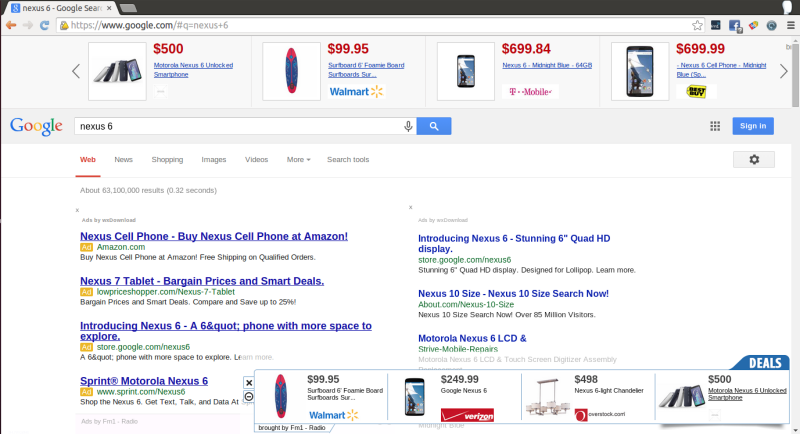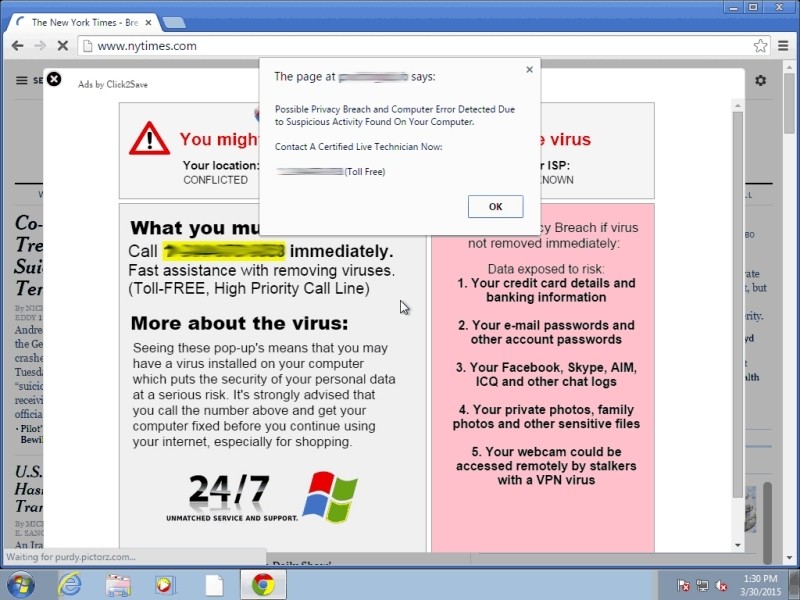Five percent of people that use Google's sites and services have at least one ad injector installed on their device according to a recent study conducted by Google in collaboration with researchers from the University of California, Berkeley.
Within that group, Google found that half had at least two injectors installed and nearly a third were running at least four. Five percent may seem like a small percentage overall but considering how many people actually use Google's services on a daily basis, it's a serious problem.
Ad injectors are described by Google as programs that insert new ads or replace existing ones on pages you visit while surfing the Internet. More often than not, they're installed deceptively (bundled with other software), difficult to remove and have other bad qualities about them (remember Superfish?).

Both end-users and advertisers dislike them yet still, they're run rampant for years.
Google has received more than 100,000 complaints from Chrome users over the matter since the beginning of the year. Complaints about rogue ads top all others including network errors and general performance issues.
The search giant has spent a considerable amount of time fighting unwanted software through Safe Browsing as of late and now, Google is turning its attention to ad injectors.
Google notes that while they don't ban injectors altogether (apparently some people prefer to use them), injectors must clearly state their purpose and not be hidden or misleading. The team has also discovered and removed 192 deceptive Chrome extensions that affected 14 million users.
What's more, all new and updated extensions are subjected to the same types of techniques that researchers have used to catch them.
